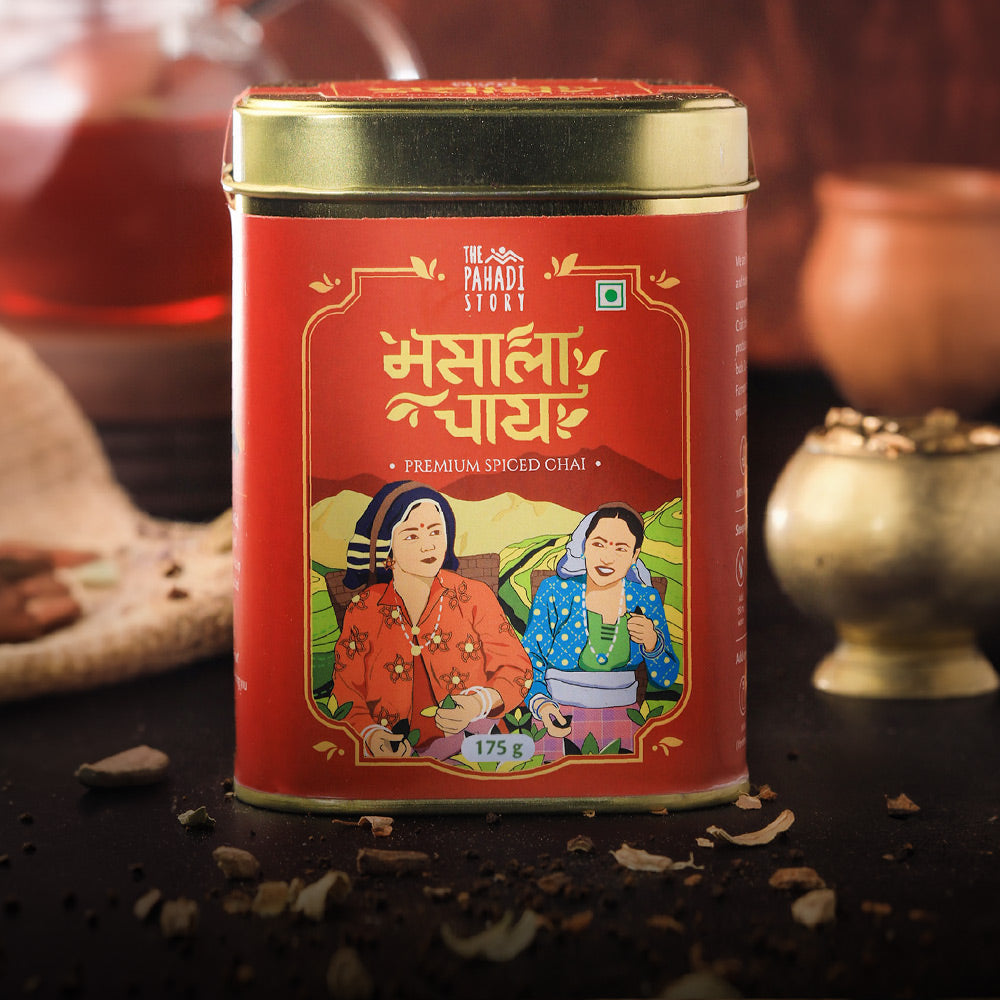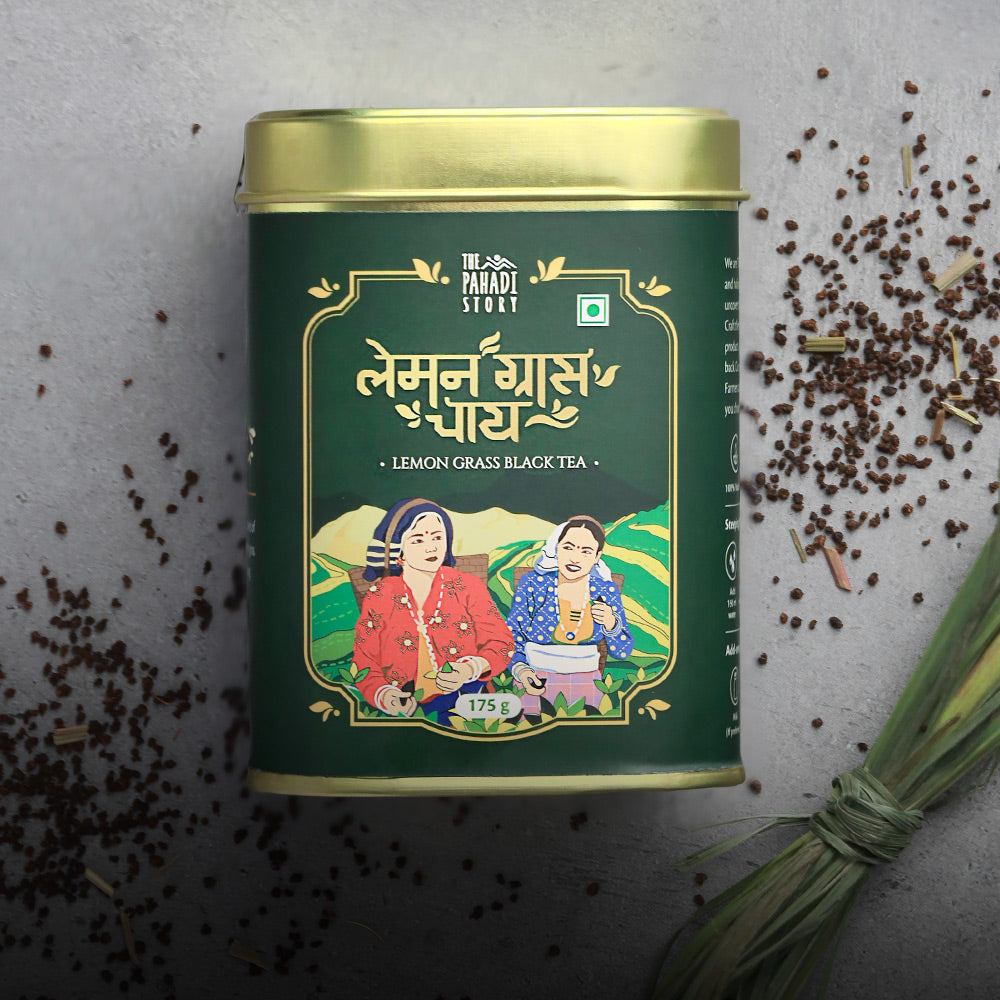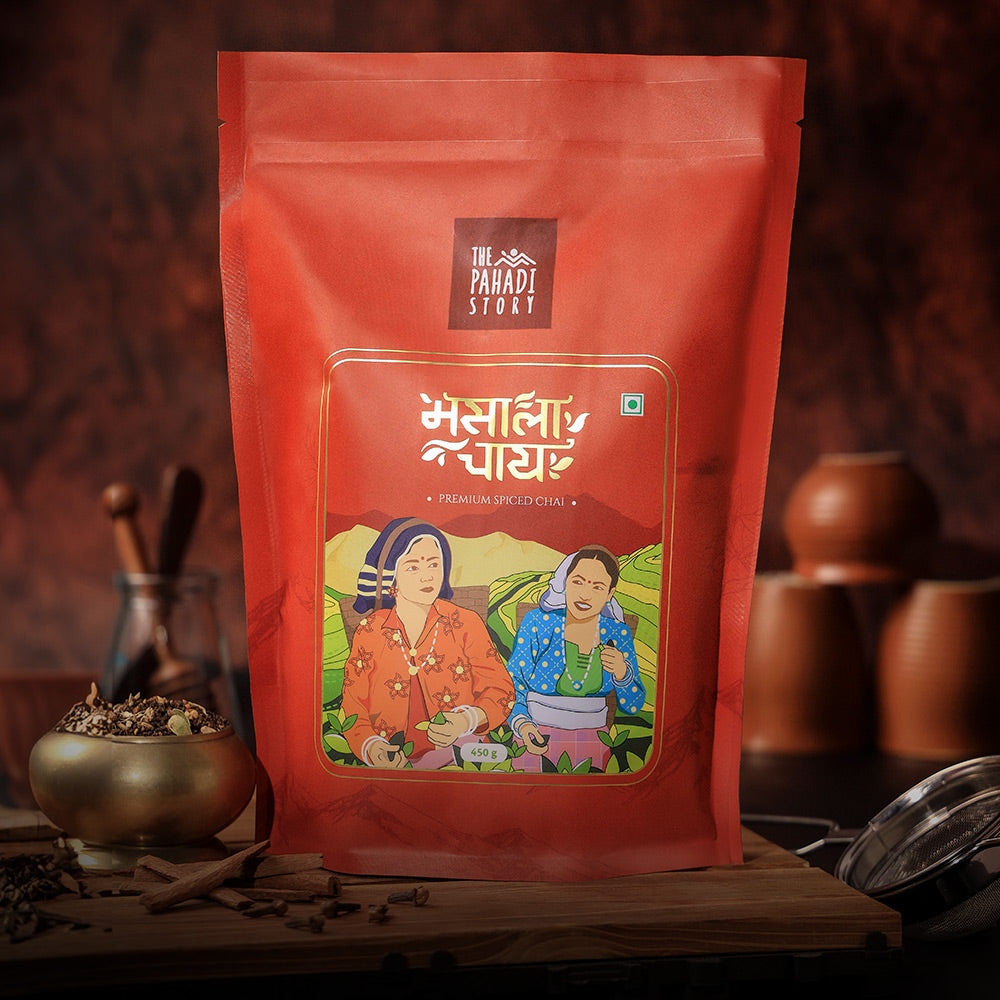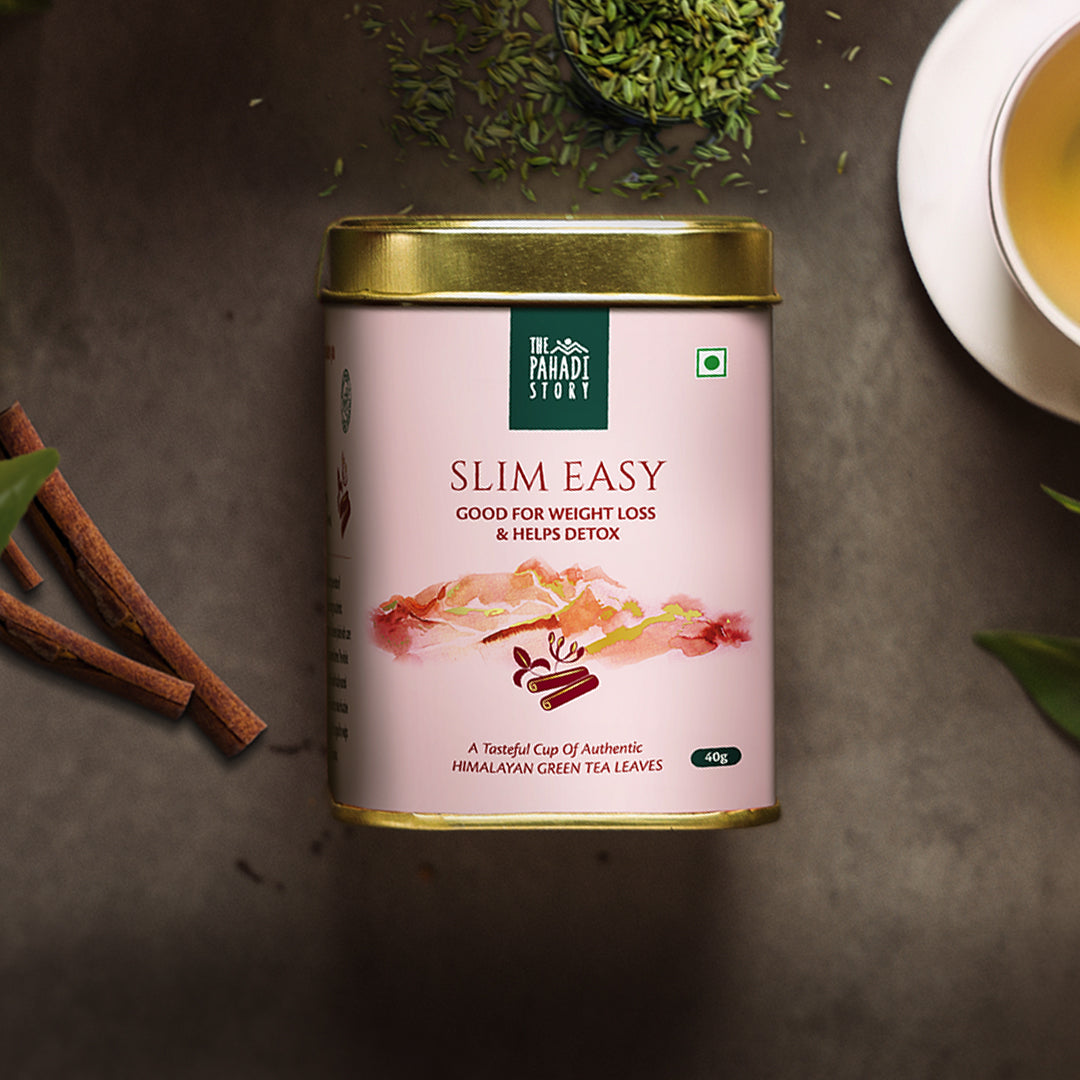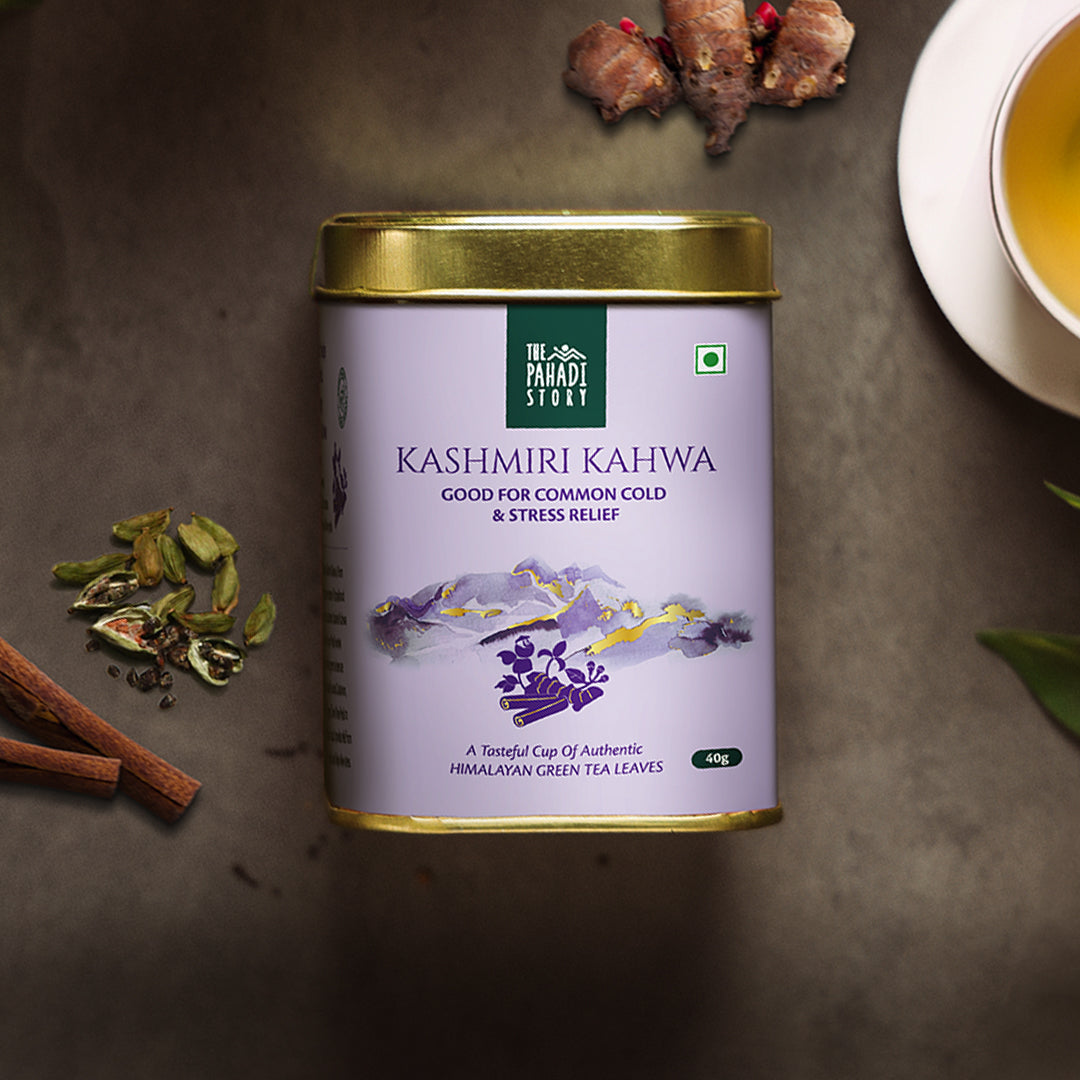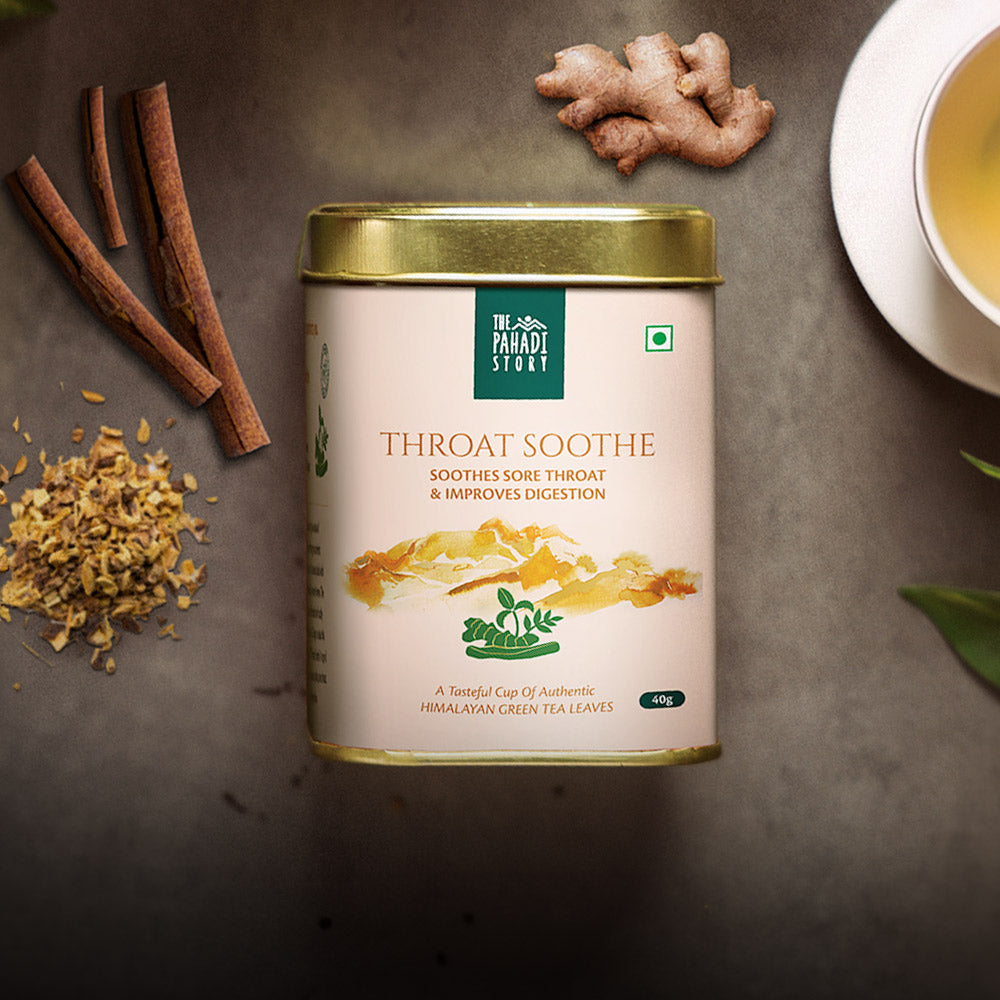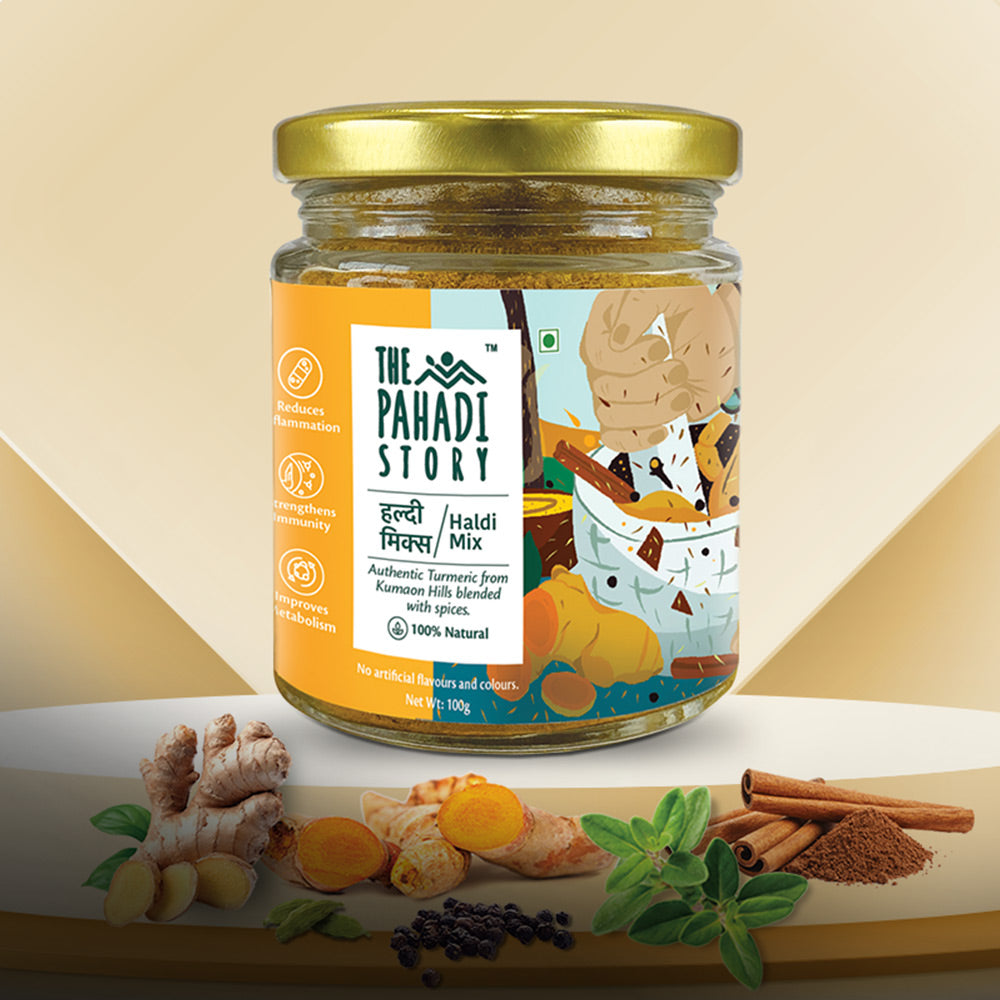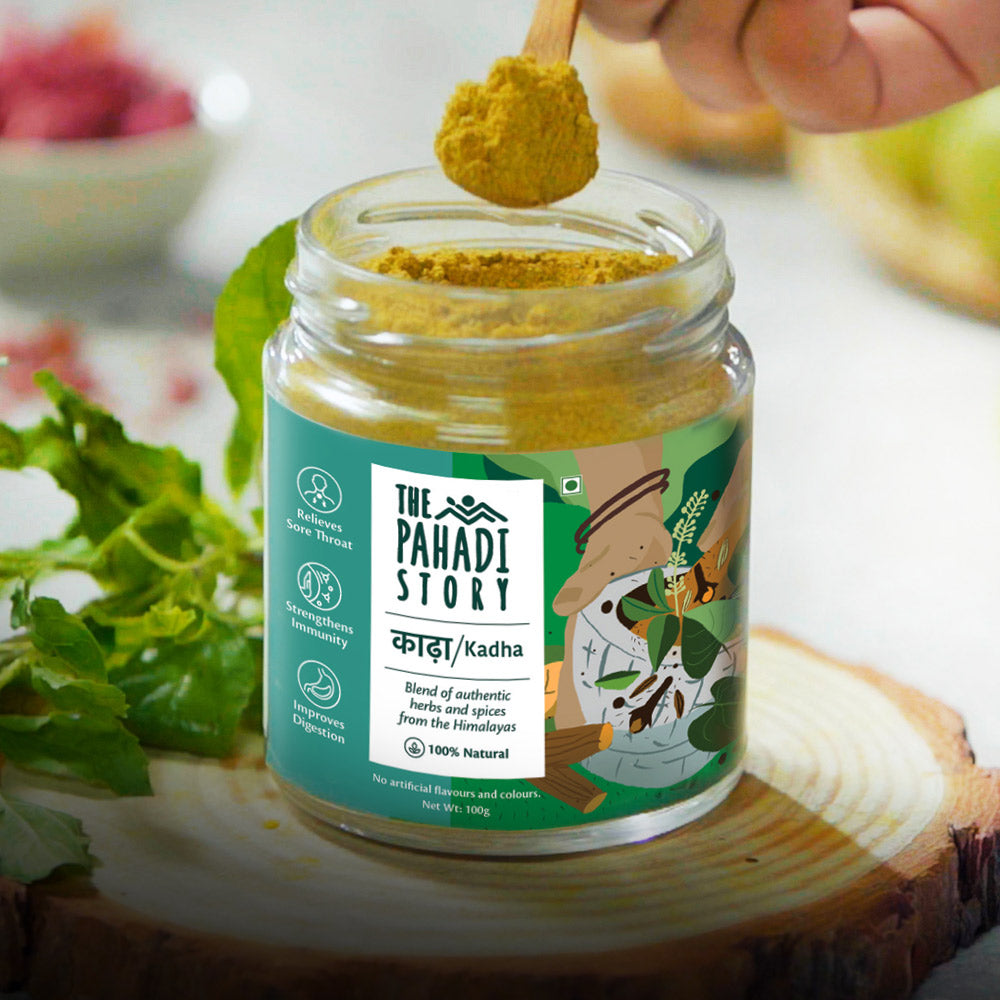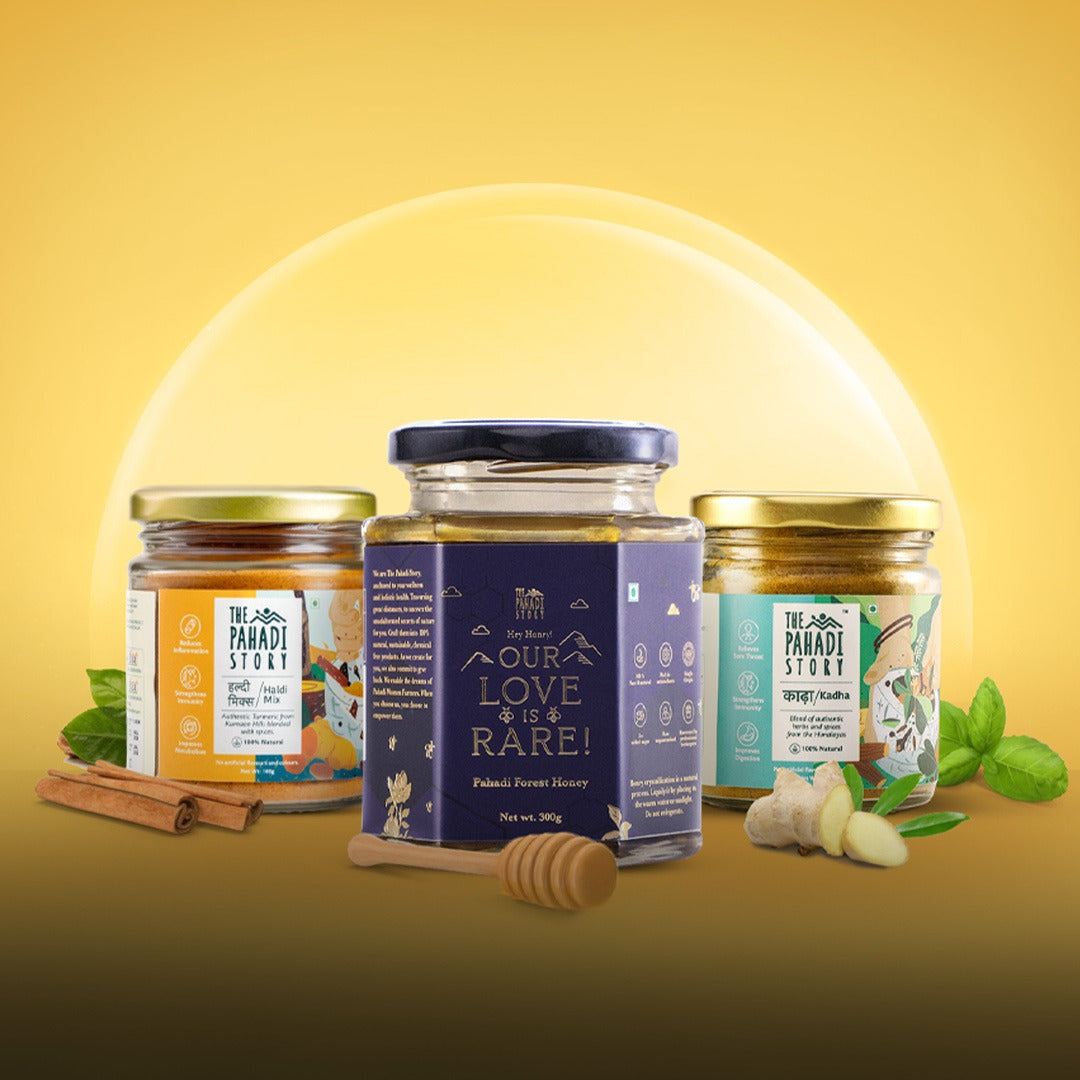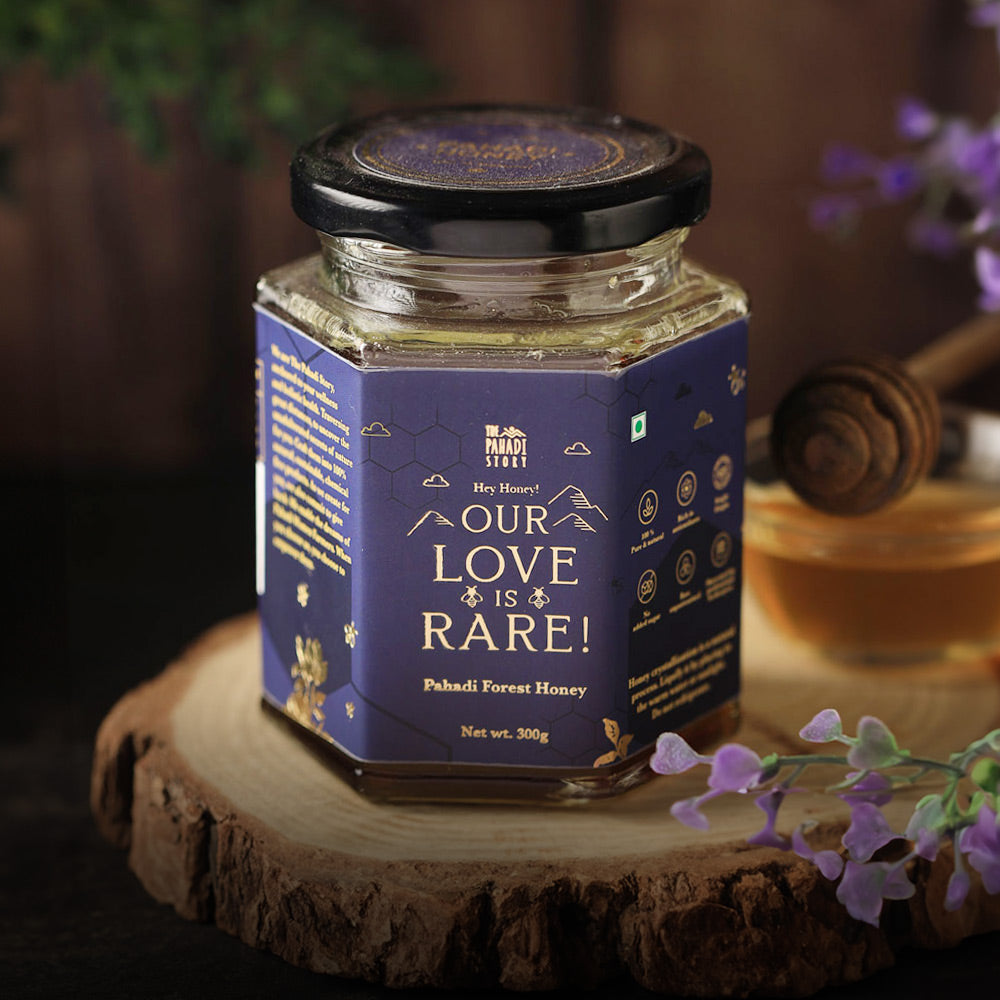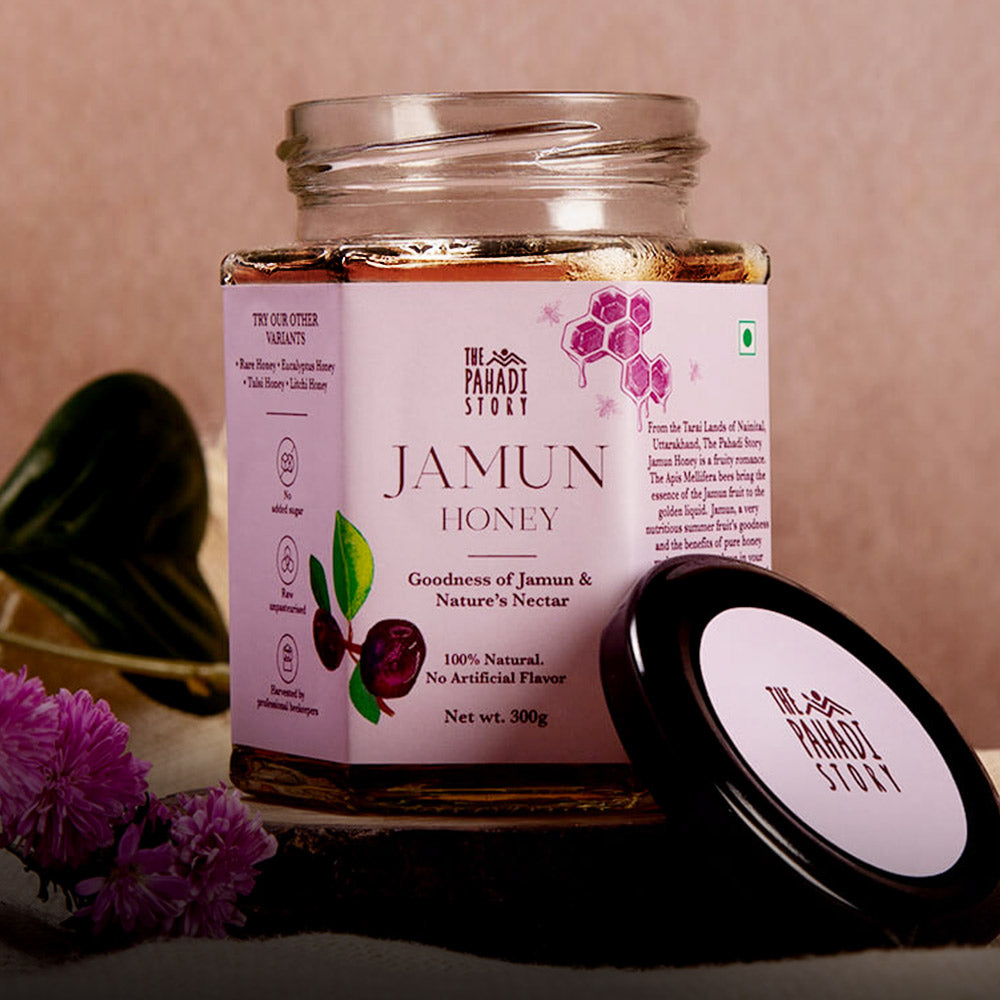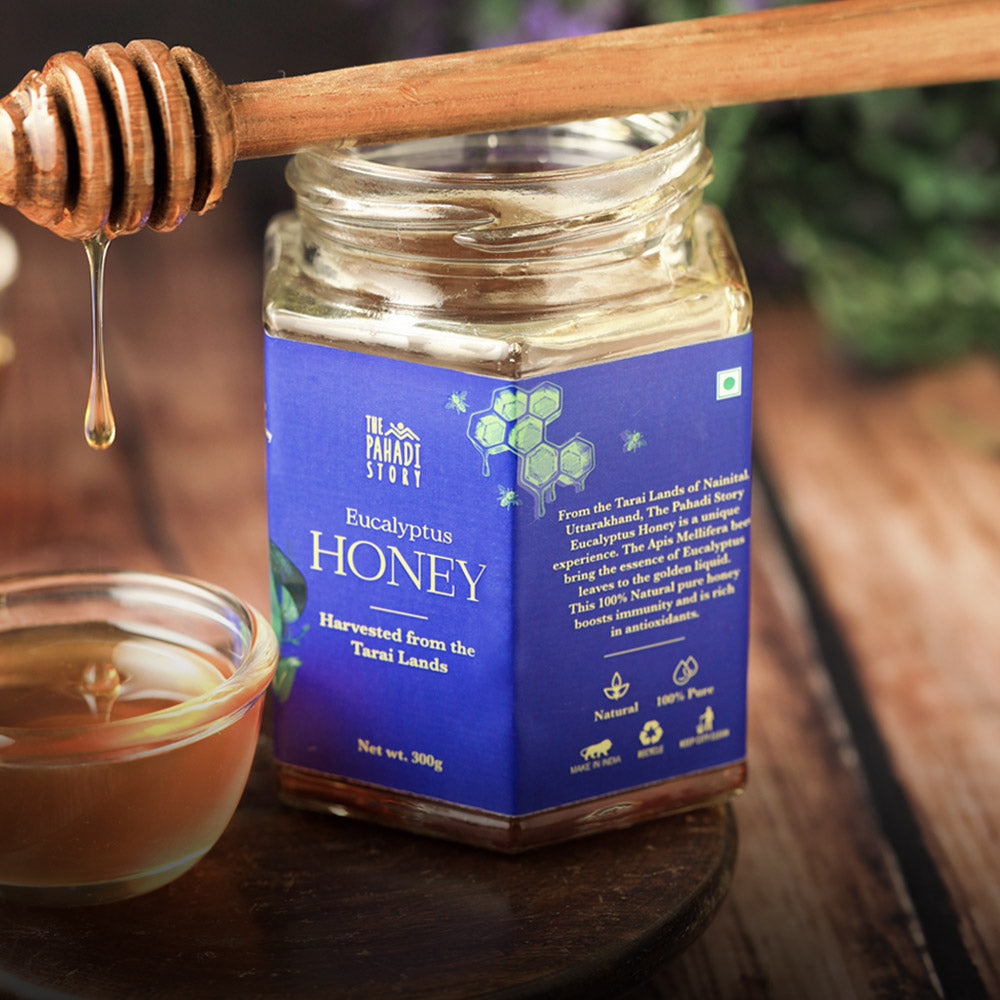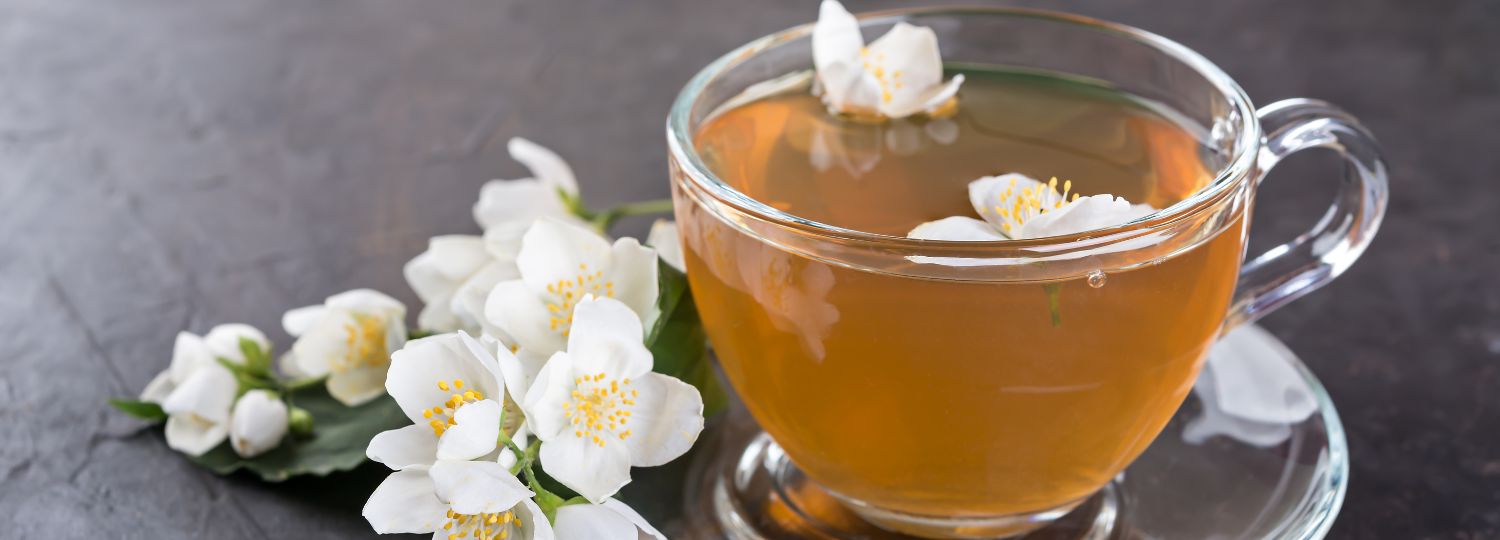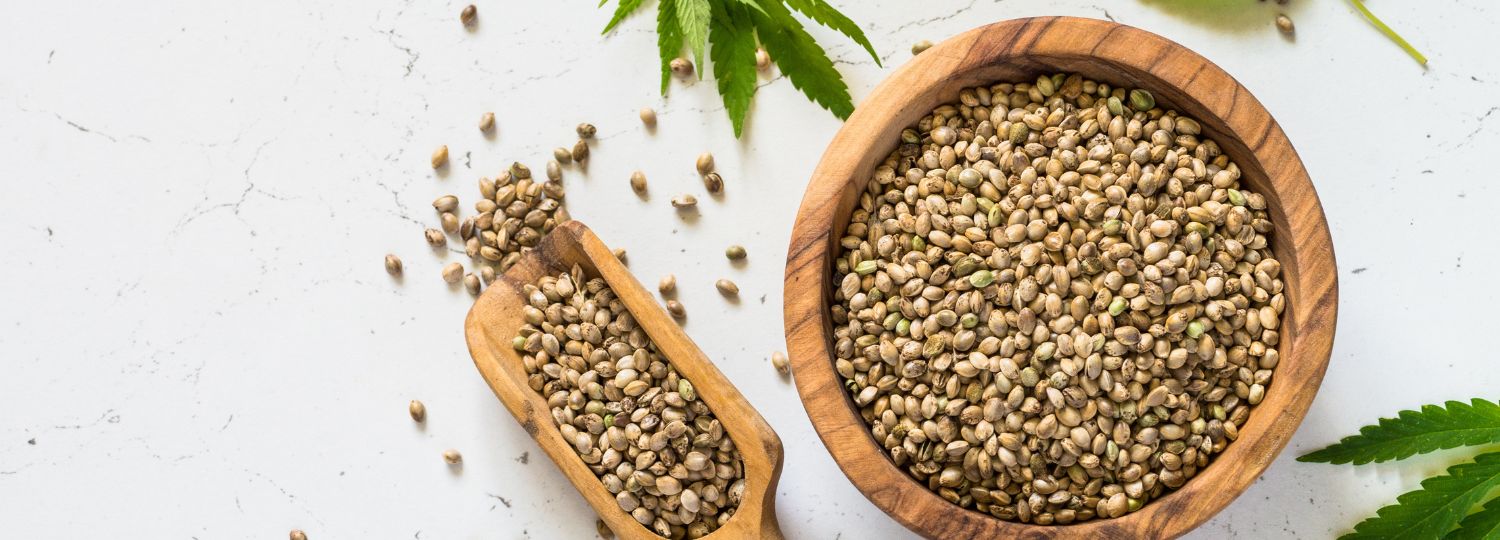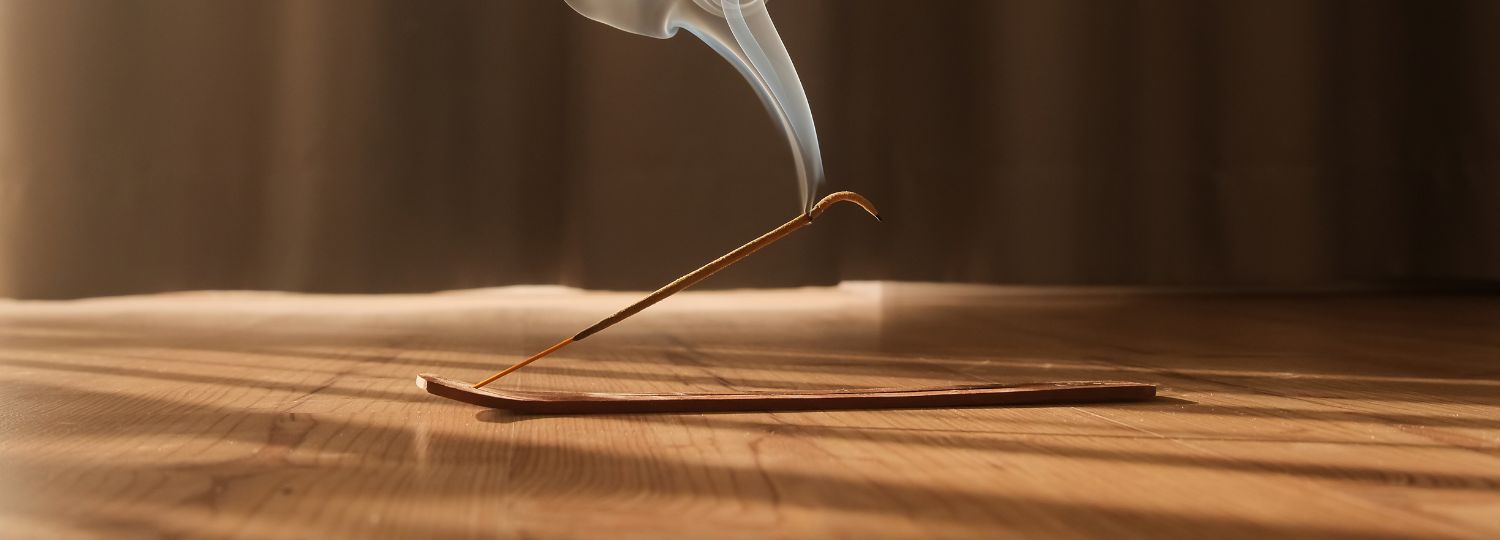It is one of the most popular teas in China and has a distinct floral flavor. But what exactly is jasmine tea? In this post, we'll take a look at the history and production of this unique tea. You'll also learn about some of the health benefits associated with drinking jasmine tea.
So whether you're already a fan or just curious about this fragrant beverage, read on to find out everything you need to know about it!
Types of Jasmine Tea
It is one of the most fragrant and subtle teas available. It's made by blending green tea with jasmine flowers, resulting in a beverage that's both floral and refreshing. And while it might seem like there's only one type of jasmine tea, there are actually several different varieties to choose from. Here's a quick guide to all the different types of jasmine tea and why you should try them all.
Chinese Jasmine Tea
Also known as yun router tea, Chinese jasmine tea is the most common type of jasmine tea. It's made with green tea leaves that have been scented with jasmine blossoms. The result is a slightly sweet and incredibly fragrant tea that's perfect for sipping on a hot summer day. If you're new to jasmine tea, it is a great place to start.
Japanese Jasmine Tea
It is made with sencha, a type of green tea that has a grassier flavor than other varieties. The sencha leaves are scented with jasmine blossoms and then rolled into balls or pellets. Japanese jasmine tea has a more complex flavor than Chinese jasmine tea and can be enjoyed hot or cold.
Jin Xuan Jasmine Tea
It is made with leaves from the Jin Xuan cultivar of camellia sinensis, a plant native to Taiwan. The leaves are lightly scented with jasmine blossoms, resulting in a sweet and delicate flavor. Jin Xuan jasmine tea is also sometimes referred to as "milk oolong" because of its creamy taste.
How jasmine tea is made
To make it, the first step is to pick the jasmine flowers. This step is usually done by hand to ensure that only the best blossoms are selected. Once the flowers have been picked, they're set aside to bloom. At night, when the blossoms are fully open, they're mixed with green tea leaves.
The leaves absorb the jasmine's aroma overnight, and in the morning, they're removed and the process is repeated with fresh blossoms. This can be done up to seven times to create a very strong flavor. Finally, the tea leaves are dried and rolled into pellets. When you steep a cup of jasmine tea, those pellets will unfurl and release their flavor into the water.
Jasmine Tea Health Benefits
- Adding this one thing to your routine can help fortify your immune system.
- It can help you lose weight.
- Regular exercise can help to lower your risk of developing heart disease.
- It can help control blood sugar levels.
- It can improve your oral health.
- It can reduce stress levels.
- It can fight cancerous cells and tumors.
- It can aid in digestion and prevent constipation.
- It can improve skin health and give you a natural glow.
- It can help increase alertness and concentration levels.
Our Jasmine Tea
- The Pahadi Story's Jasmine Green Tea is a delicately sweet, aromatic, and mellow cup of tea.
- The tea leaves are hand-plucked from the scenic Kangra valley and jasmine buds by expert tea pluckers.
- This type of green tea is produced from early tea leaves and is known for its delicateness and sweet scent.
Jasmine tea is a delicious and refreshing drink that has many health benefits. It can be enjoyed hot or cold, and is the perfect beverage for any time of day. If you’re looking for a new type of tea to try, we recommend our tea.
Our blend is made with high-quality ingredients and tastes great whether you drink it iced or hot. So if you’re looking for something special to sip on this summer, be sure to give our jasmine tea a try!


